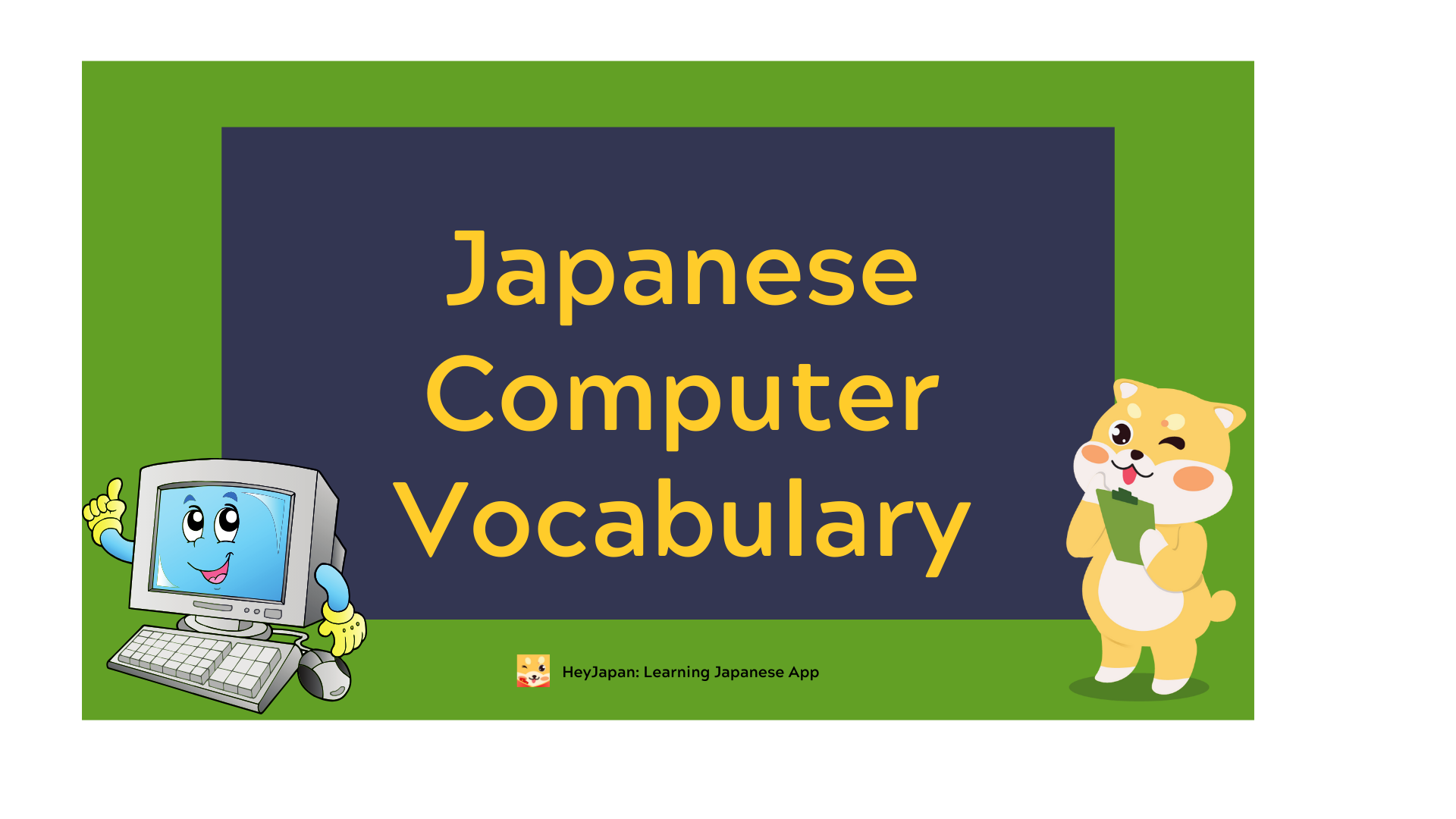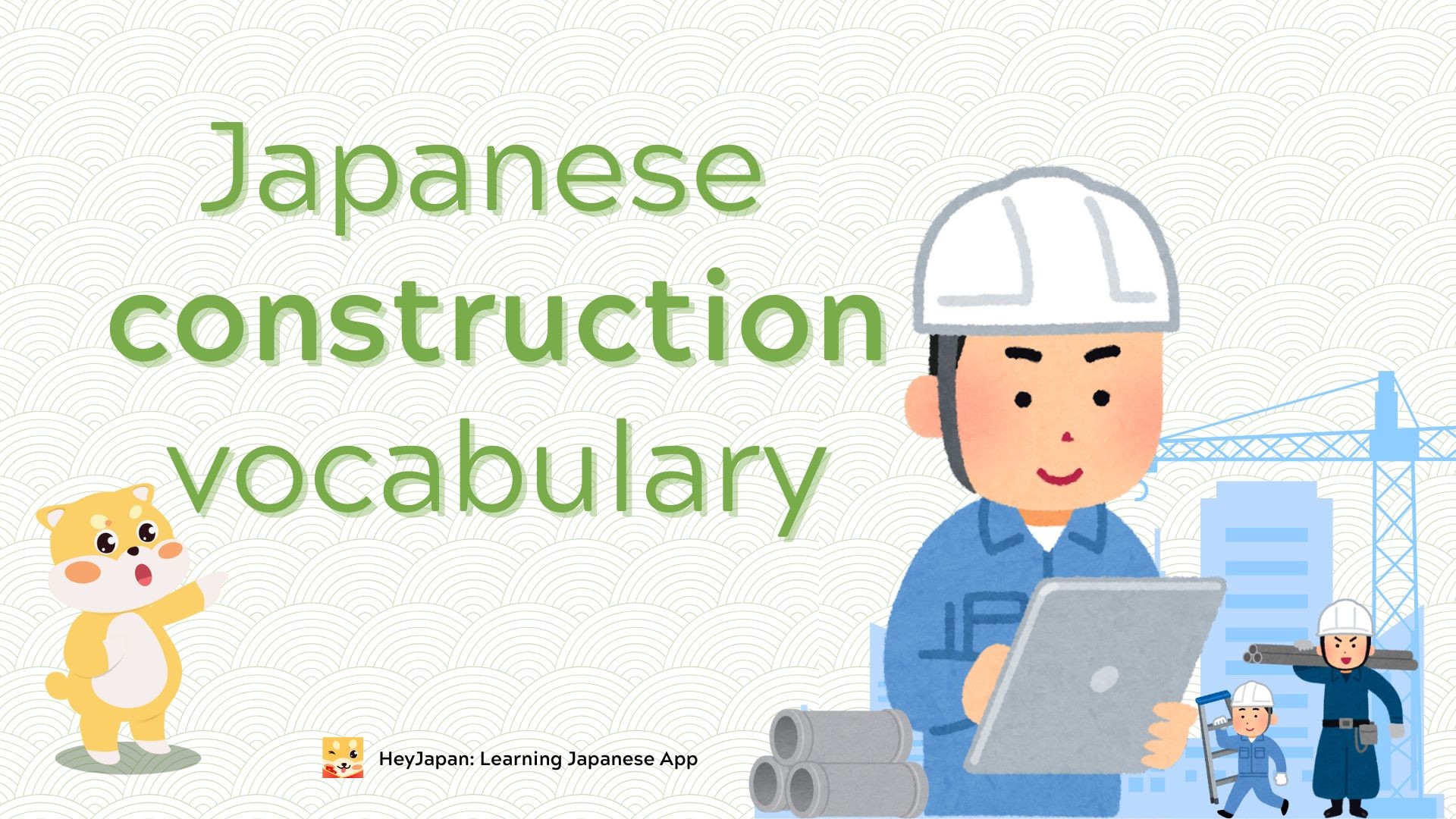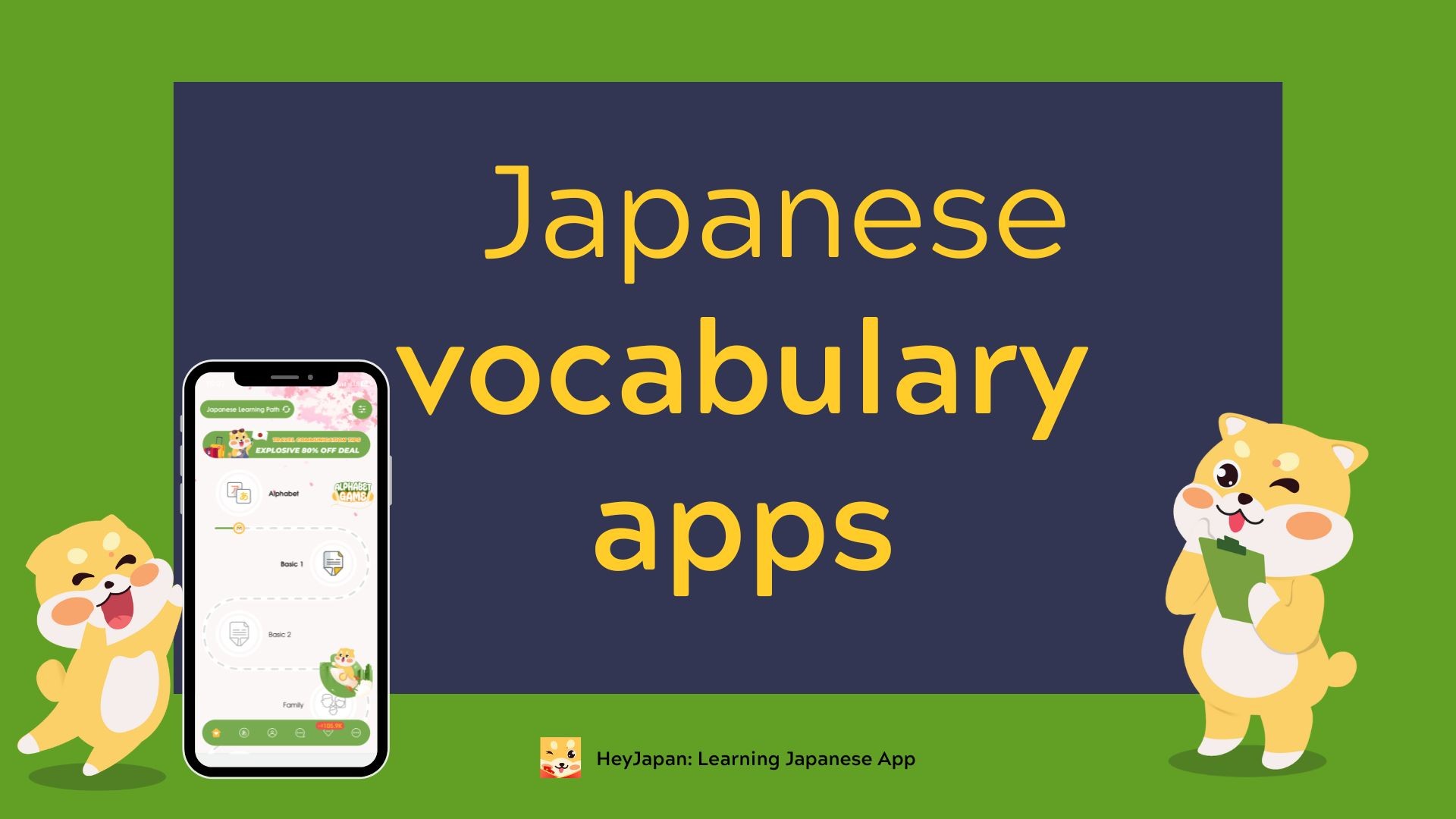- How does an Academic Year at a Japanese University Look?
- January Enrollment Period in Japan
- Characteristics of the January Study Abroad Period in Japan
- Conditions for Studying Abroad in Japan in January
- Pros and Cons of Studying Abroad in Japan in January
- April Enrollment Period - The Main Enrollment Period in Japan
- Characteristics of the April Study Abroad Period in Japan
- Conditions for Studying Abroad in Japan in April
- Pros and Cons of Studying Abroad in Japan in April
- July Enrollment Period - Opportunity to Experience Japan
- Characteristics of the July Study Abroad Period in Japan
- Conditions for Studying Abroad in Japan in July
- Pros and Cons of Studying Abroad in Japan in July
- October Enrollment Period - One of the Study Abroad Periods in Japan
- Characteristics of the October Study Abroad Period in Japan
- Conditions for Studying Abroad in Japan in October
- Pros and Cons of Studying Abroad in Japan in October
- Conclusion
Japanese study abroad periods are diverse, making it easy for you to choose if you wish to study in a country with a developed education system and unique culture. Each study abroad period in Japan has its distinct features, so thorough research is necessary before applying. In today’s discussion, HeyJapan will help you address any queries about Japanese study abroad periods.
How does an Academic Year at a Japanese University Look?
An academic year at a Japanese university includes three main terms: the enrollment term in April, the summer term in July, and the autumn term in September or October. However, some universities also have enrollment periods in January or October. Each term lasts about 14 weeks, followed by a mid-year break from December to March.
How does a year go at Japanese University?
Throughout the academic year, students must complete mandatory and elective courses to earn the necessary credits. During this time, students can also engage in extracurricular activities such as travel, joining academic or cultural clubs, or interning at companies.
January Enrollment Period in Japan
Characteristics of the January Study Abroad Period in Japan
The January enrollment period is one of the popular study abroad periods in Japan. Typically, universities conduct admissions for this period in September or October each year. For those who wish to start studying at the beginning of the new year, the January enrollment period is an attractive option.
The January entrance exam in Japan is suitable for those who want to start from the beginning of the new year
Regarding the curriculum, the January enrollment period usually has the same content and difficulty level as the April enrollment period. However, the January study abroad period is shorter than others, requiring students to be mentally prepared and have a well-organized study plan. Traveling during the Tet holiday can also affect students’ plans, so careful consideration is needed before deciding to join this enrollment period.
Conditions for Studying Abroad in Japan in January
To be admitted to the January study abroad period in Japan, students need to meet the following conditions:
- Completed high school diploma or equivalent.
- Japanese language proficiency equivalent to JLPT N4 or N5.
However, for universities offering programs in English, students may not need to have Japanese language proficiency but will need to pass an English proficiency test.
Pros and Cons of Studying Abroad in Japan in January
Studying abroad in Japan during the January period has both advantages and disadvantages. One major advantage is that you can start studying early without waiting until April or October. Smaller class sizes facilitate learning and more support from teachers. Starting in winter also helps you acclimate to Japan’s cold climate, preparing you better for spring and summer.
However, studying abroad in January also has drawbacks. The weather is very cold, especially in northern regions, which can be challenging for students unaccustomed to it. Your academic schedule may differ from most other students, making it harder to keep up and integrate. Additionally, January is not a peak time for extracurricular activities or student events, reducing opportunities for social interaction and making friends. Carefully consider these factors to ensure the best choice for your situation and goals.
April Enrollment Period - The Main Enrollment Period in Japan
Characteristics of the April Study Abroad Period in Japan
The April enrollment period is the main academic term of the year in Japan. For many universities, this is also the primary enrollment time for international students. Students usually start enrolling at the end of March or early April. This term lasts about 14 weeks and ends in mid-July, followed by a two-month summer break from August to September.
April is a beautiful spring season in Japan, allowing students to combine their studies with exploring the country. However, to start studying at this time, students need thorough financial preparation due to the high living costs in Japan.
April admission is the main admission period in Japan
Conditions for Studying Abroad in Japan in April
To be admitted to the April study abroad period in Japan, students need to meet the following conditions:
- Completed high school diploma or equivalent.
- Japanese language proficiency equivalent to JLPT N3 or N2. However, for universities offering programs in English, students may not need to have Japanese language proficiency.
Pros and Cons of Studying Abroad in Japan in April
Studying abroad in Japan in April has many pros and cons. One significant advantage is that you can easily integrate with other students since this is the main starting time for the academic year in Japan. Moreover, April has many extracurricular activities as clubs and student organizations recruit new members, providing opportunities for participation and making friends. The spring weather in April is very pleasant, with blooming flowers helping you adapt quickly.
However, studying during the April period also poses challenges. As this is the main enrollment period, the number of students is high, leading to increased competition in academics. If not well-prepared, you might feel rushed and stressed when starting the new term. Additionally, due to the large number of students, living and housing costs may be higher than in other periods. Carefully consider these factors to make the most suitable decision for yourself.
July Enrollment Period - Opportunity to Experience Japan
Characteristics of the July Study Abroad Period in Japan
The July enrollment period is the summer term in Japan, lasting from mid-July to the end of September or early October. Since this period coincides with summer, students can easily combine their studies with traveling and exploring the country.
However, this term is short, only about 10 weeks, followed by a break from the end of September to early October. Therefore, students need to carefully calculate before deciding to join this enrollment period.
Conditions for Studying Abroad in Japan in July
To be admitted to the July study abroad period in Japan, students need to meet the following conditions:
- Completed high school diploma or equivalent.
- Japanese language proficiency equivalent to JLPT N4 or N5.
July study abroad is a good time for you to explore Japan
Pros and Cons of Studying Abroad in Japan in July
Studying abroad in Japan in July has many pros and cons. The first advantage is that you have plenty of time to prepare documents, visas, and other procedures before enrollment. July is also summer, with warm and comfortable weather compared to winter. Additionally, you can choose short-term courses or summer programs to experience Japanese culture and language.
However, July is not a main enrollment period, so you may face difficulties integrating with local students. Extracurricular activities and student events may be fewer because it’s not a main enrollment period. Summer in Japan can also be very hot and humid, causing discomfort for those not used to this climate. Carefully consider these factors to make the most suitable decision for yourself.
October Enrollment Period - One of the Study Abroad Periods in Japan
Characteristics of the October Study Abroad Period in Japan
The October enrollment period is one of the final terms of the year in Japan. The study period lasts about 12 weeks, ending in mid-January of the following year, followed by a two-month winter break from February to March.
October Japanese Study Abroad 12 Months
Conditions for Studying Abroad in Japan in October
To be admitted to the October study abroad period in Japan, students need to meet the following conditions:
- Completed high school diploma or equivalent.
- Japanese language proficiency equivalent to JLPT N4 or N5.
Pros and Cons of Studying Abroad in Japan in October
One significant advantage is the cool and pleasant autumn weather, helping you adapt and enjoy Japan’s beautiful scenery. You also have ample time from the beginning of the year to prepare documents and visas, reducing stress. Additionally, October often features many festivals and cultural events, providing opportunities to participate and experience Japanese culture.
However, October is not a main enrollment period, and some schools may have limited spots, leading to high competition for admission. Keeping up with the program when starting in a non-main term can also be challenging as you need to quickly adapt to the study pace. Carefully consider these factors to make the most suitable decision for yourself.
Conclusion
In this article, we explored the various study abroad periods in Japan, the conditions for each term, and the pros and cons of each. Choosing the right enrollment period will help students have the best study abroad experience and achieve their academic goals. Studying in Japan not only provides specialized knowledge but also offers a chance to experience unique and attractive culture. HeyJapan wishes you success in your study abroad journey!









